In today's fast-paced digital world, effective email communication is more crucial than ever. Crafting a well-structured letter not only conveys your message clearly but also reflects professionalism and respect for your recipient's time. With a few simple best practices, you can enhance your email etiquette and foster better connections. Curious to learn more tips on writing the perfect email? Keep reading!

Clear subject line
A clear subject line is essential for effective email communication, enhancing the likelihood of the message being opened and understood. Including specific and concise keywords (under 50 characters) enables recipients to grasp the email content quickly. For instance, using phrases like "Project Update for Q4 2023" immediately informs the reader about the email's purpose and urgency. Standard practices suggest avoiding vague terms, as generic subjects such as "Hi" or "Important" do not convey the message's relevance and may lead to confusion or overlooked emails. By incorporating date references, action items, or project names in the subject line, the recipient can prioritize the email efficiently, ensuring timely responses and maintaining organized communication.
Concise and relevant content
Effective email communication demands concise and relevant content to engage recipients. A well-structured email typically begins with a clear subject line, summarizing the email's purpose in less than 10 words. The greeting should address the recipient appropriately, positioning them in the context of the organization, such as "Dear Team Leader" or "Hello Marketing Department." The main body must deliver key information within the first few sentences, capturing attention and directing focus on essential points like deadlines, specific projects, or event dates. Utilizing bullet points or numbered lists where possible enhances readability and breaks down complex information. Closing statements should encourage feedback or action, reiterating critical information such as meeting times or next steps for upcoming projects, ensuring all recipients understand their roles and expectations. Sign-offs should maintain professionalism, including full names and titles as a signature to facilitate follow-up or further communication.
Proper salutation and closing
Effective email communication starts with proper salutation strategies, which establish a respectful tone. For professional contexts, addressing recipients by their titles and last names, such as "Dear Dr. Smith" or "Hello Ms. Johnson," creates a formal atmosphere. In more casual communications, first names, like "Hi Emily," can foster friendliness. Closing signatures also hold significance; using phrases like "Best regards" or "Sincerely" adds a polite finish to the interaction. Choosing the appropriate salutation and closing reflects professionalism and attentiveness, which are vital in maintaining strong connections in both business and personal correspondence.
Purposeful CTAs (Calls to Action)
Effective email communication necessitates purposeful CTAs (Calls to Action), crucial for guiding recipient behavior. Clear, actionable language is essential, often employing verbs like "register," "download," or "join" to convey specific steps. Positioning CTAs prominently, such as within brightly colored buttons, increases visibility and encourages interaction. Ideal CTAs are concise, typically no longer than five words, and align seamlessly with the email's objective, enhancing overall engagement. Timing of CTAs also plays a role; placing them toward the end of the email, following valuable content, can prompt immediate responses. Testing various formats and placements through A/B testing methodologies maximizes their effectiveness and converts readers into active participants.
Recipient-specific personalization
Recipient-specific personalization enhances email communication effectiveness by addressing the recipient's unique interests, preferences, and context. Personalization strategies involve using the recipient's name prominently in the subject line and salutation, increasing open rates by up to 26%. Additionally, incorporating relevant data such as past interactions, geographic location, and purchasing history can create a tailored experience. Utilizing segmentation strategies enables marketers to craft messages that resonate with specific audience groups, improving engagement by as much as 50%. For instance, sending a promotion for hiking gear to recipients residing in mountainous areas may lead to higher conversion rates. Furthermore, implementing dynamic content based on user behavior allows for real-time adjustments to keep the message relevant. Overall, recipient-specific personalization leads to stronger relationships, increased customer satisfaction, and ultimately higher retention rates.

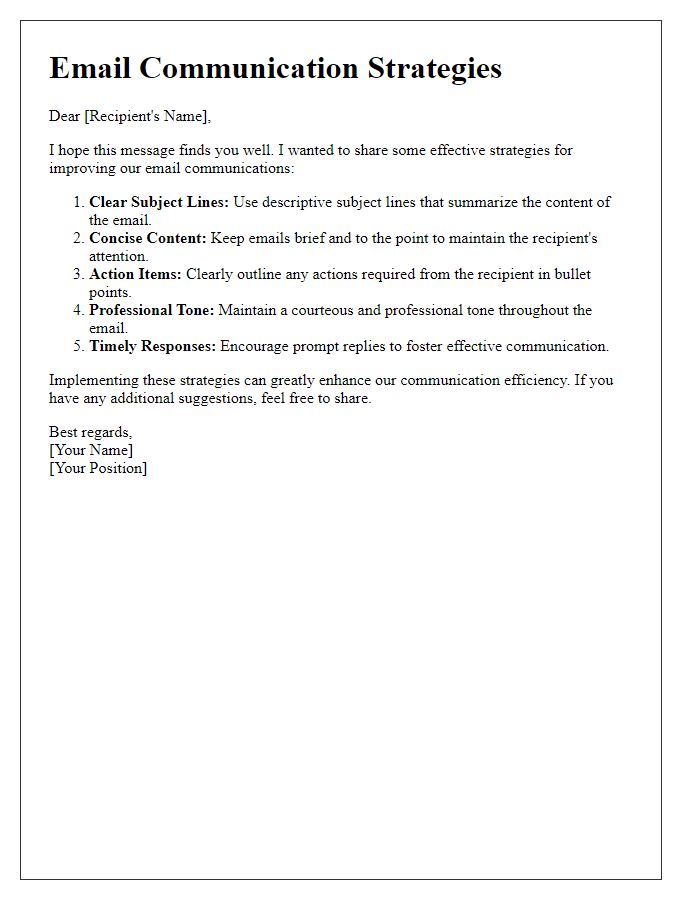
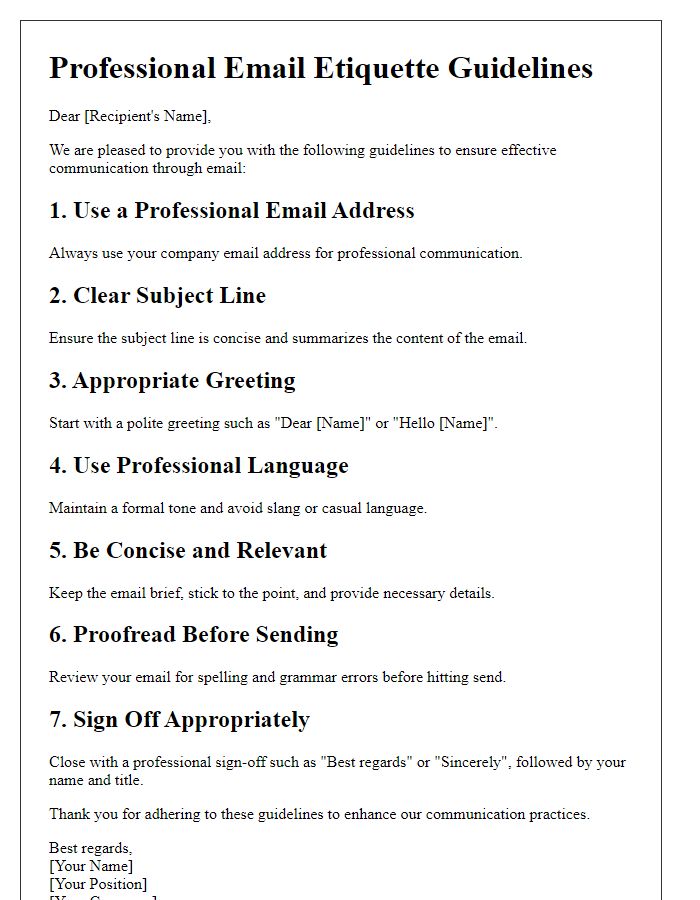
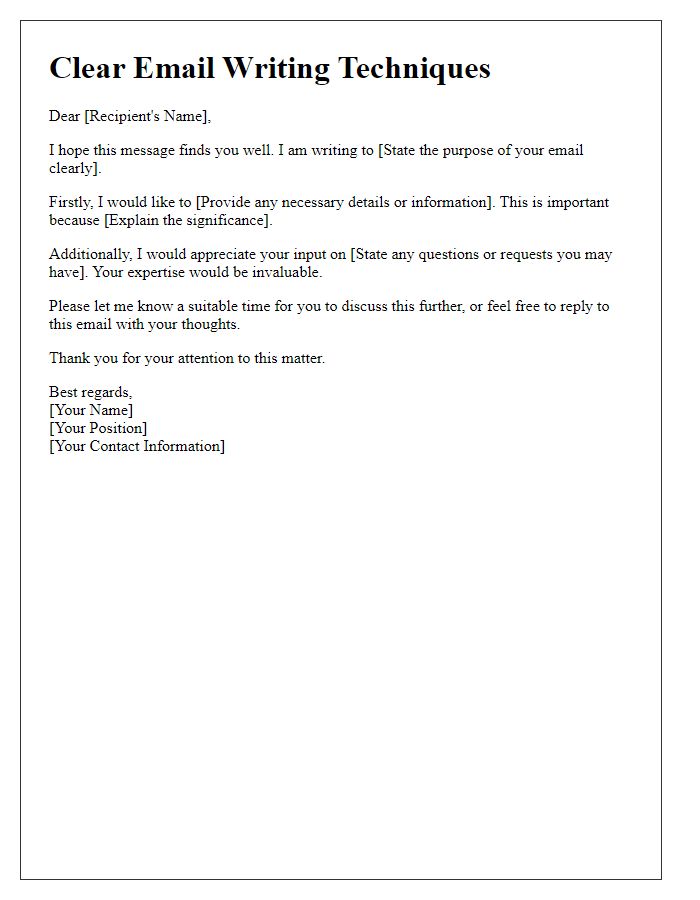
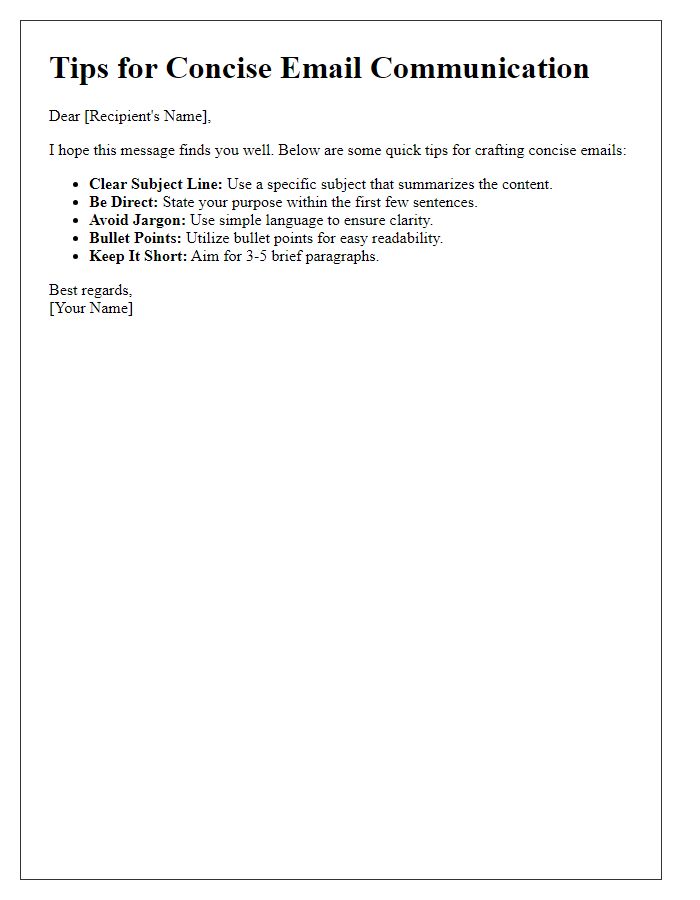
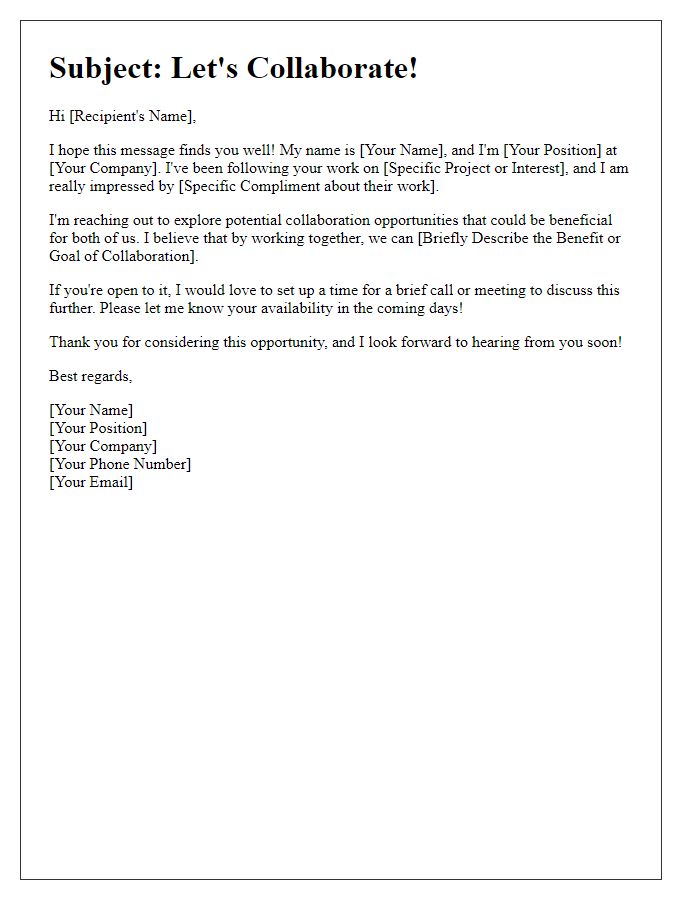
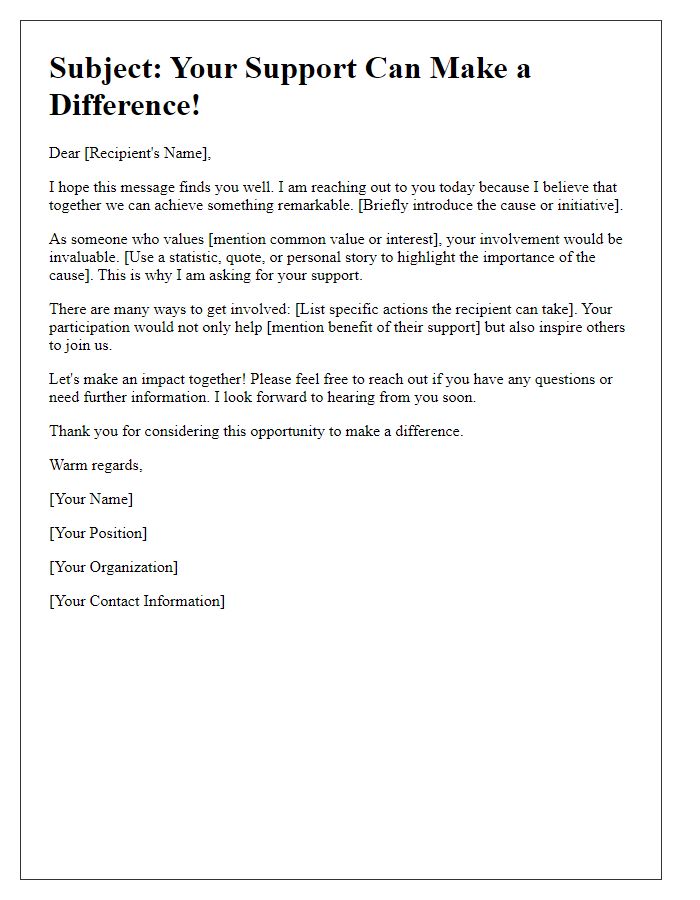
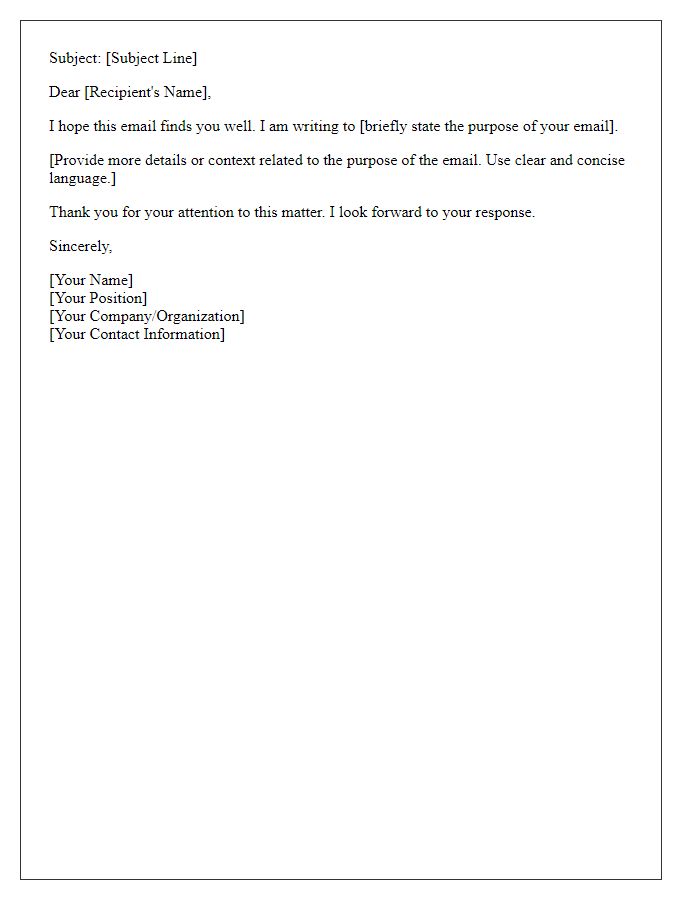
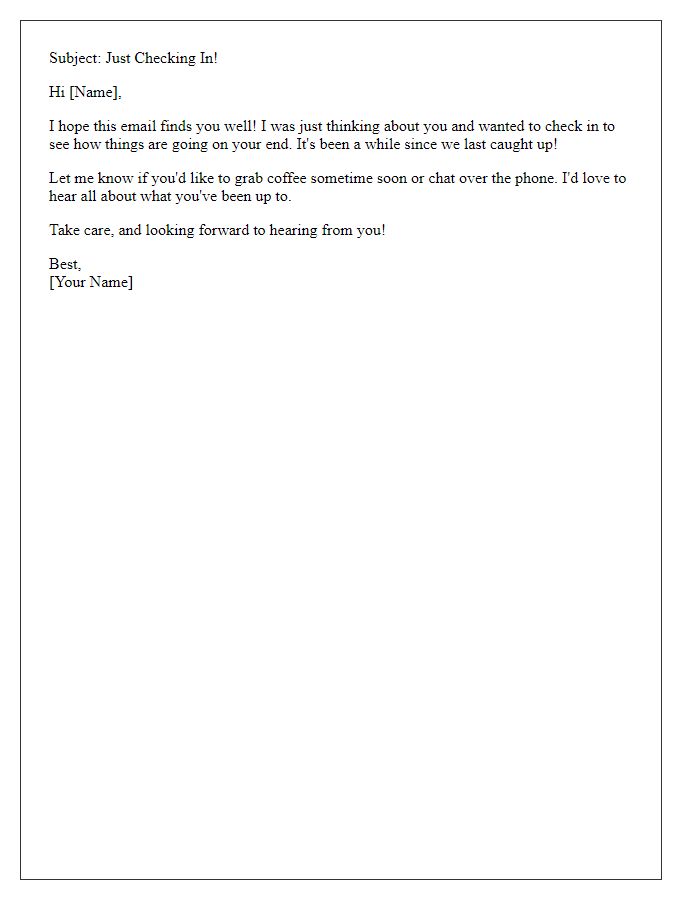
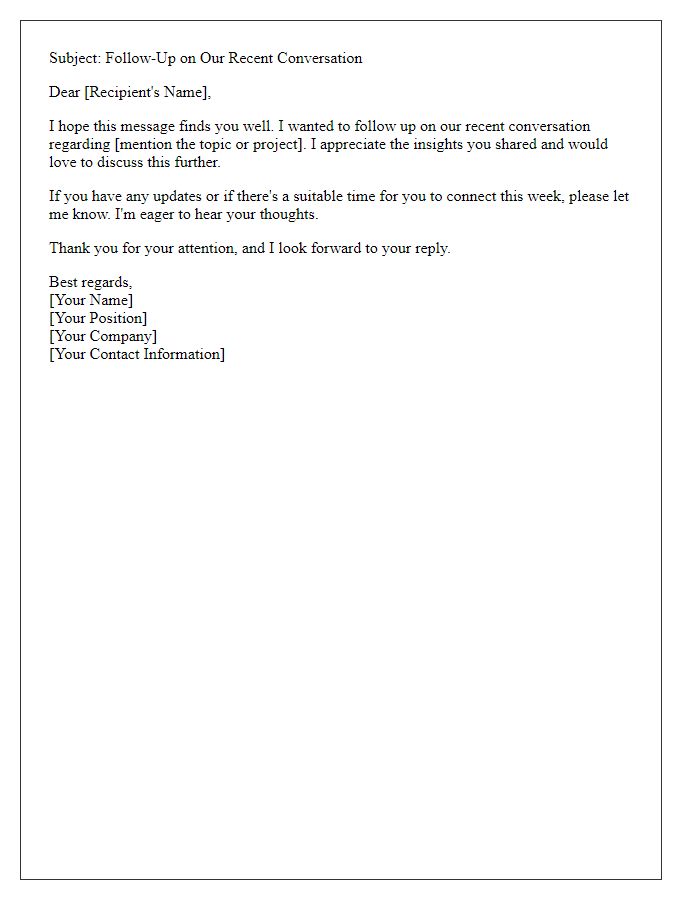
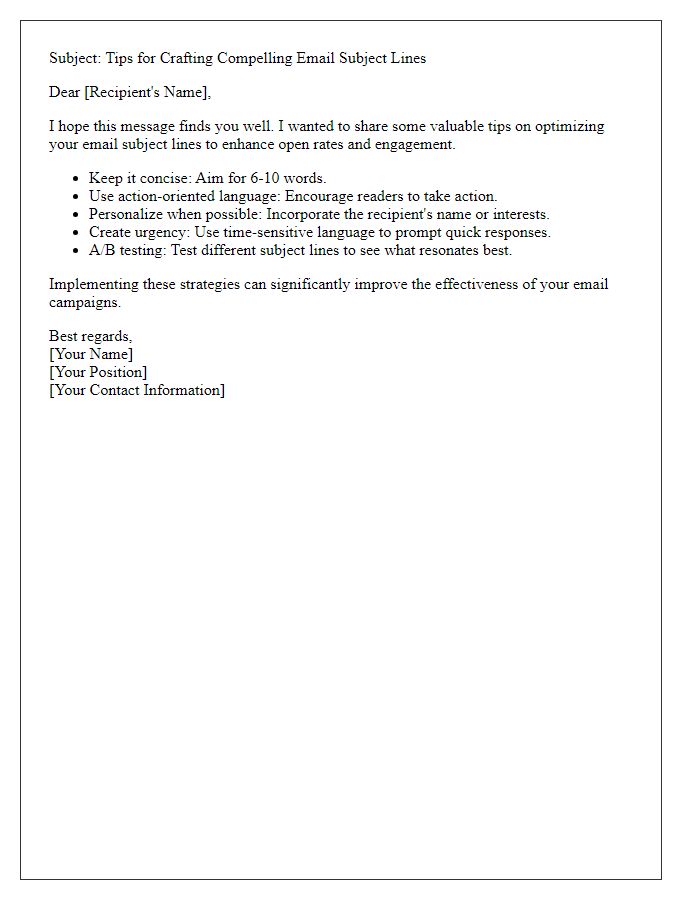

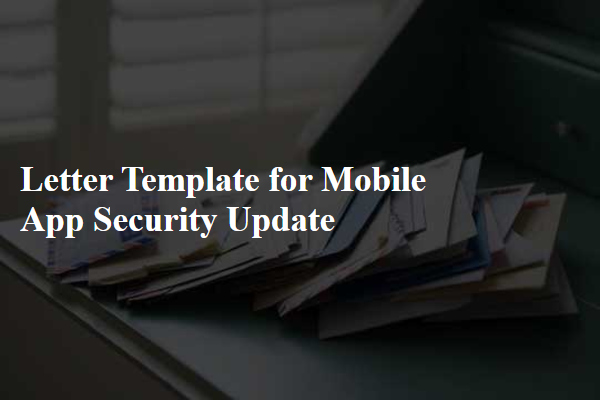
Comments